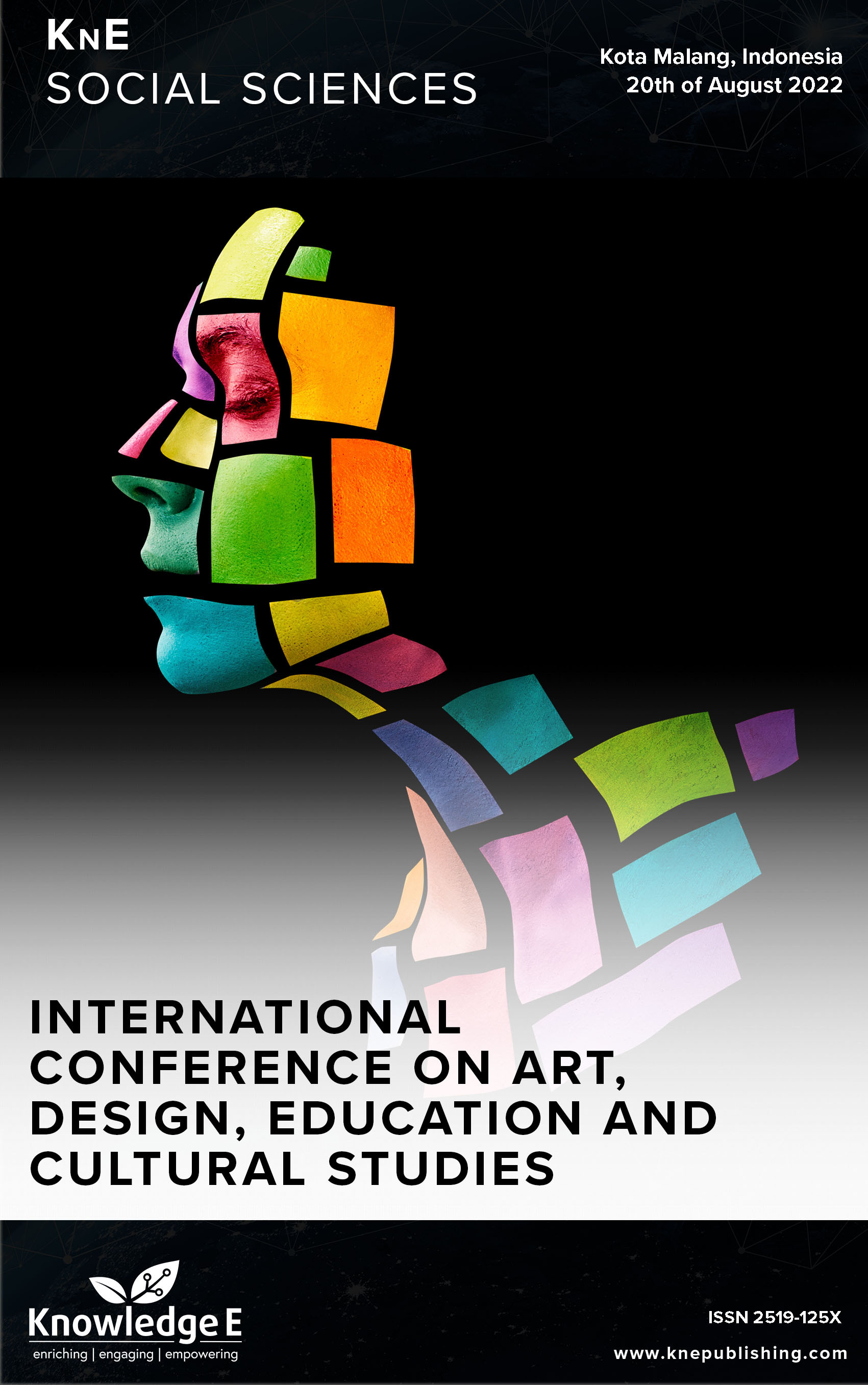``Who Says We Shall Not'': Revealing Artistic and Cultural Resilience in Times of a Global Pandemic
DOI:
https://doi.org/10.18502/kss.v8i15.13900Abstract
Ama Ata Aidoo famously stated, “Who says we shall not survive among these turbines?” (c 1964 – 1965). This paper looks at revealing artistic and cultural resilience in times of global pandemics. In what ways could our much-needed return to indigenous ways of social, cultural and ecological engagement with the environment initiate sustainable practices? In this paper, I focus on a diversity of contemporary art concerns, allied practices that anticipate emergent formats, media, transformative futures, and translation configurations. I make recourse to collaborations that bring resilience, such as Gudskul ( Jakarta) and blaxTARLINES KUMASI. Through a critical reading of the innovative approaches to cultural resilience in art, this study is built on the lessons we can garner from the sort of resilience that characterizes such audacious projects embarked on by extremophile collectives such as blaxTARLINES and Gudskul. A model is developed as a guide to acquainting ourselves with strategies that would provoke us to a more responsible practice and existence. Art can be more resilient and reach contested spaces if we think of synergies and inclusivity.
Keywords: resilience, contemporary art, pandemic, sustainable practices
References
[2] Akoi-Jackson B. An introduction to Tracy Naa Koshie Thompson’s text: traversing boundaries: story of blaxtarlines Kumasi in Mansour, C. et al (Catalogue of the Exhibition) Ubuntu A Lucid Dream. Palais 32. Le Magazine du Palais du Tokyo, Paris. France. 2021.
[3] Ohene-Ayeh K, Akoi-Jackson B. Ibrahim Mahama, Exchange-Exchanger (1957-2057), Documenta 14 White Cube. Verlag der Buchhandlung Walther Konig; 2017.
[4] The Gown must go to Town. Curatorial Statement, Kumasi: blaxTARLINES. 2015.
[5] Sawyer M. ‘The Public has a right to art’: The radical joy of Keith Haring. The Guardian.2019 Jun 2 [cited 2022 Aug 29]. Available from: www.theguardian.com
[6] Bodjawah EK, Nortey S, Kissiedu KB. Modernism and reforms in contemporary Ghanaian art education. International Journal of Education Through. 2019;15(2):133– 47.
[7] Mills CM. Materiality as the basis for the aesthetic experience in contemporary art, Unpublished MA Thesis, University of Montana. 2009.
[8] Benjamin W. Author as Producer[Address at the Institute for the study of Fascism. Paris. April 27, 1934] Jennings MW, Doherty B, Levin TY, editors. The Work of Art in the Age of Its Technological Reproducibility, and Other Writings on Media. Cambridge, London: Harvard University Press; 200https://doi.org/10.2307/j.ctv1nzfgns.13
[9] Nortey S, Bodjawah EK. Designers and Indigenous Potters collaboration towards innovation in pottery production. J Desert Res. 2018;16(1):64–81.
[10] Nortey S, Bodjawah EK, Kissiedu KB. Traditional African Art Technologies and Contemporary Art Practice. Studies in Visual Arts and Communication. 2019;6(2):1– 10.

